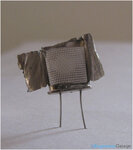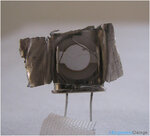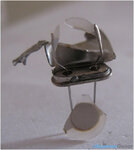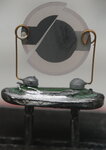Venkatsiva
Newbie level 2
why crystal oscillator is mostly used in microcontroller....?
Follow along with the video below to see how to install our site as a web app on your home screen.
Note: This feature may not be available in some browsers.



